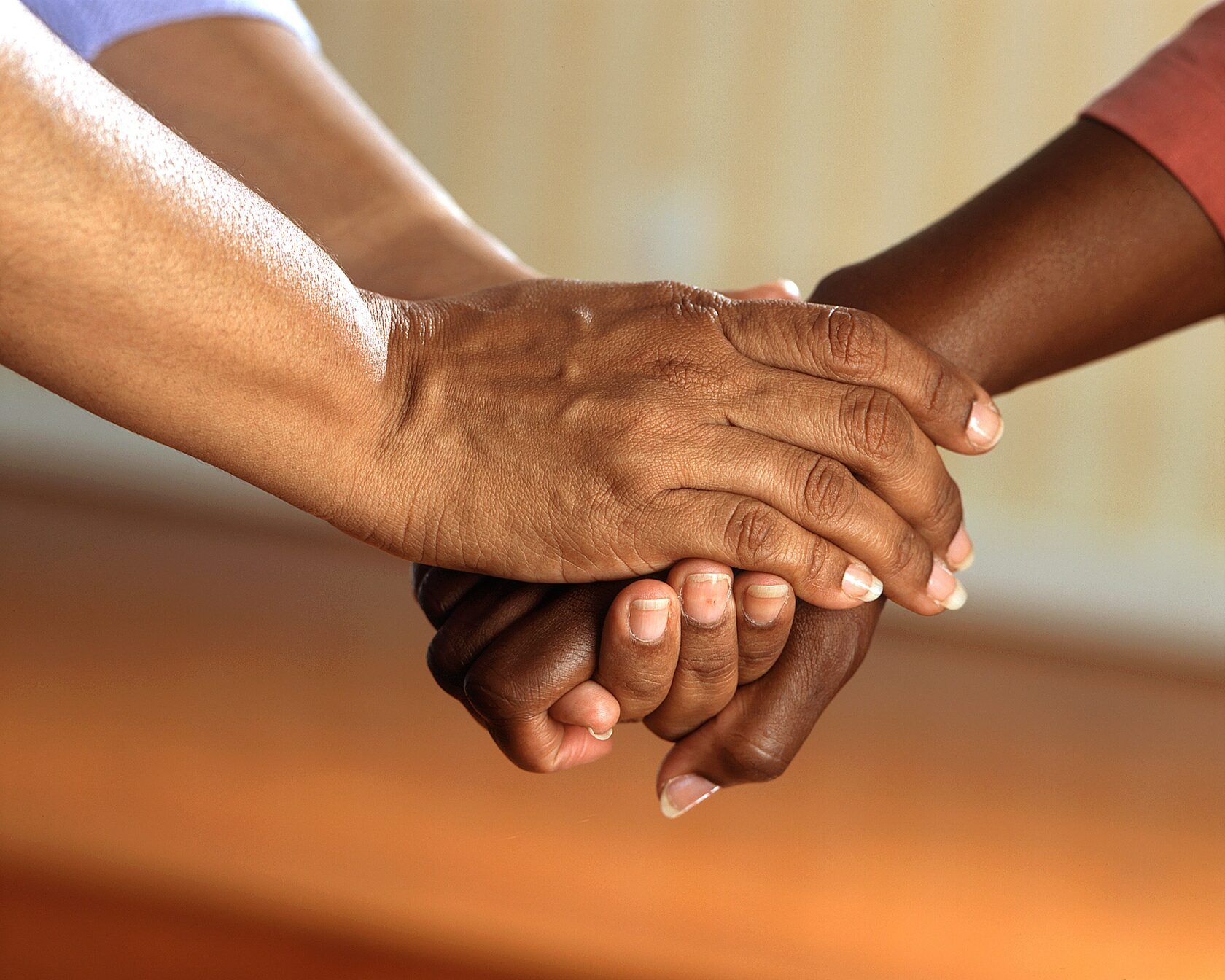Home Health Aides help maintain a safe, secure, and comfortable home life for patients and their families. HHAs also serve as role models. They promote patients’ independence by practicing proper housekeeping, nutrition, and health care skills.
Patients' freedom, health, and well-being are improved or maintained by Home Health Aides. This is accomplished by providing or assisting with personal care, daily living activities, and assigned tasks following the care plan. It's also done by encouraging people to take care of themselves. In addition, HHAs can teach and support healthy behaviors in patients, such as eating a balanced diet and exercising (if ordered).
The following elements are considered when creating the care plan: The patient's health, physical state, mental and functional status.
Use of prescribed medical equipment, supplies, and devices.
Transportation, medical supplies, equipment, and supplementary income or social benefit support are examples of such services and resources.
HHAs are not meant to take the position of a family member. Instead, they help to assist and build the family by providing excellent home care for patients and encouraging patients to take care of themselves.
FUNCTIONS HHA WILL PERFORM
- Provide personal care -shower/bed bathing, hair care, nail care (do not cut nails, only file), shaving (only with an electric razor), mouth care, dressing, feeding, and toileting, incontinent care.
- The use of medical equipment, supplies, and gadgets that have been prescribed
- Assisting with device use, ambulation, and safe transfer (cane, crutches, walker, Hoyer lift, wheelchair, hospital bed)
- Patient assistance with self-administered drugs
- To prevent pressure ulcers, assist with passive range of motion, twisting, and positioning.
- Dusting and vacuuming the patient's rooms, wet mopping, tidying the bathroom, cleaning the bedroom, tidying the kitchen area (stove, refrigerator), dishwashing, linen change, and the patient's laundry
- Nutrition and fluid consumption and meal preparation
- ostomy or urine bag that has been emptied.
- Changes in non-sterile dressings are simple.
- Apply topical prescription medications to stable skin surface wounds
- Insert prescription medications: glycerin suppositories or medicated suppositories
- Catheters (e.g., Foley) - clean skin and catheter tubing with soap and water around the catheter insertion site
- Dressing changes involving clean procedure for stable surface wounds
- Check that the oxygen flow rate is at the setting prescribed in the patient’s care plan
- PEG tube feeding
- Assist with application of ostomy appliances - only if the ostomy is stable, the patient has had the ostomy for at least six months, the patient has knowledge of techniques, and the stoma and peristomal skin are intact. You may assist with the patient's preparation for ostomy irrigation by preparing and bringing equipment to the patient and helping with equipment cleaning. However, the HHA may not directly administer irrigation fluids.

